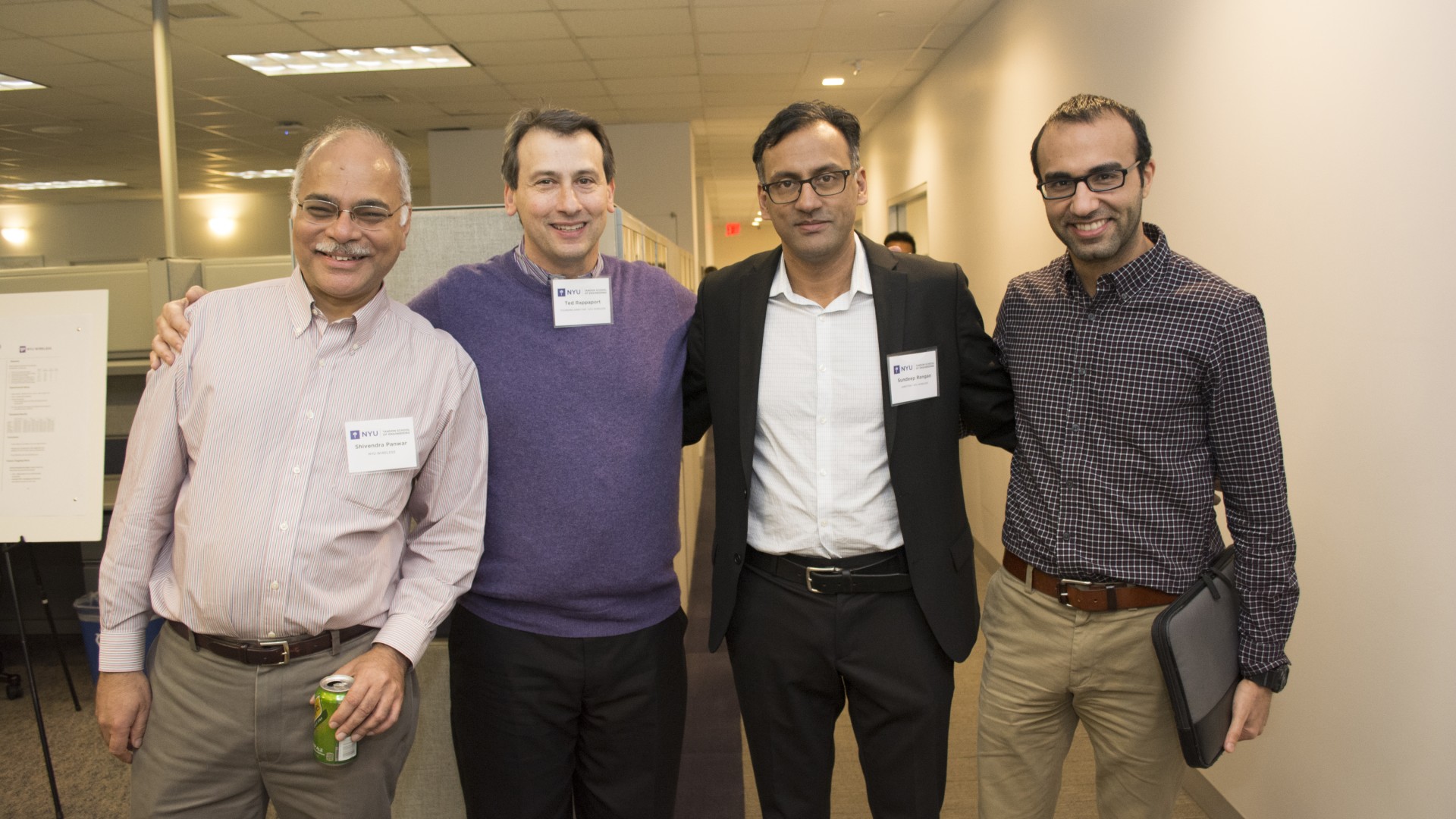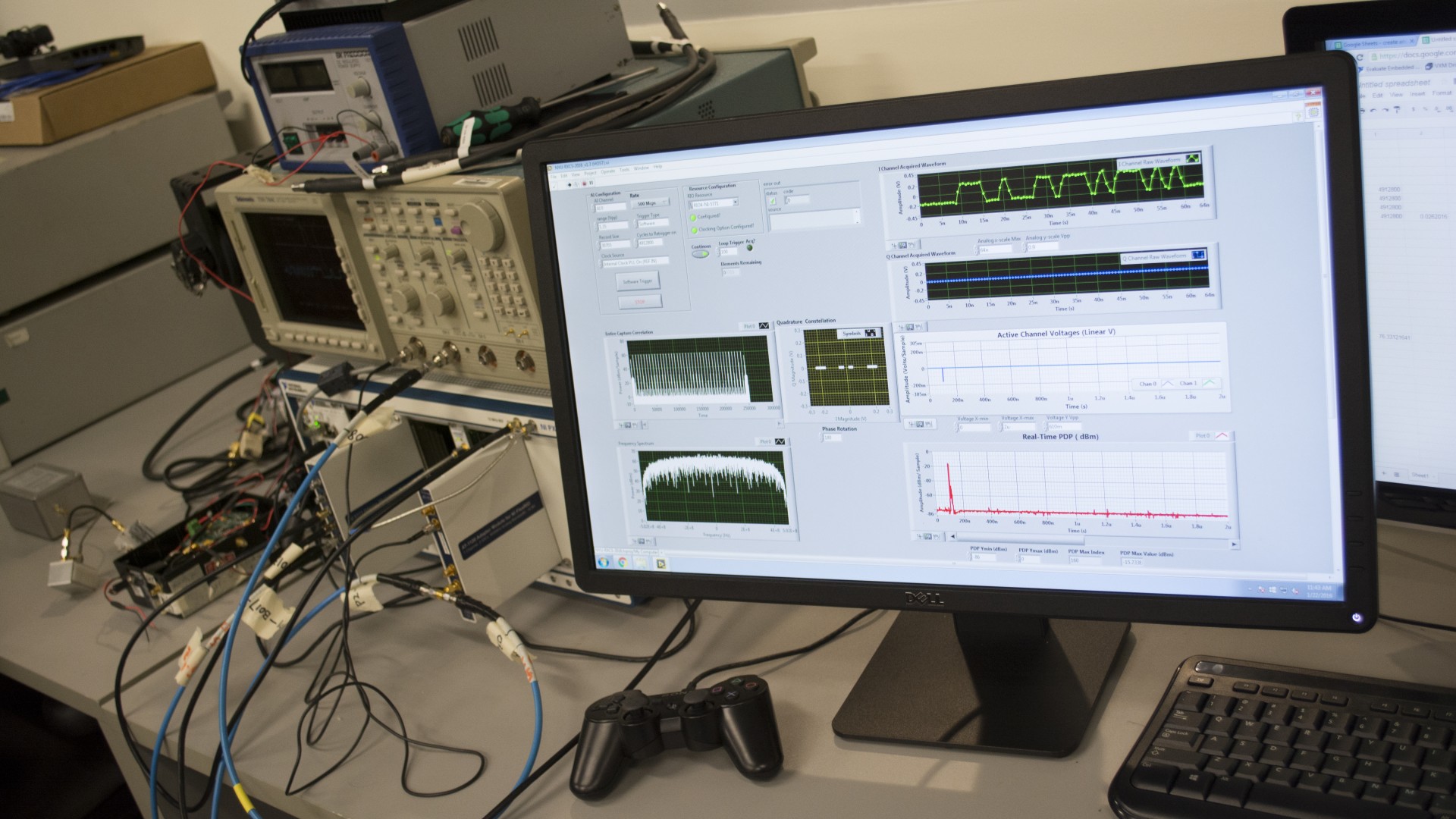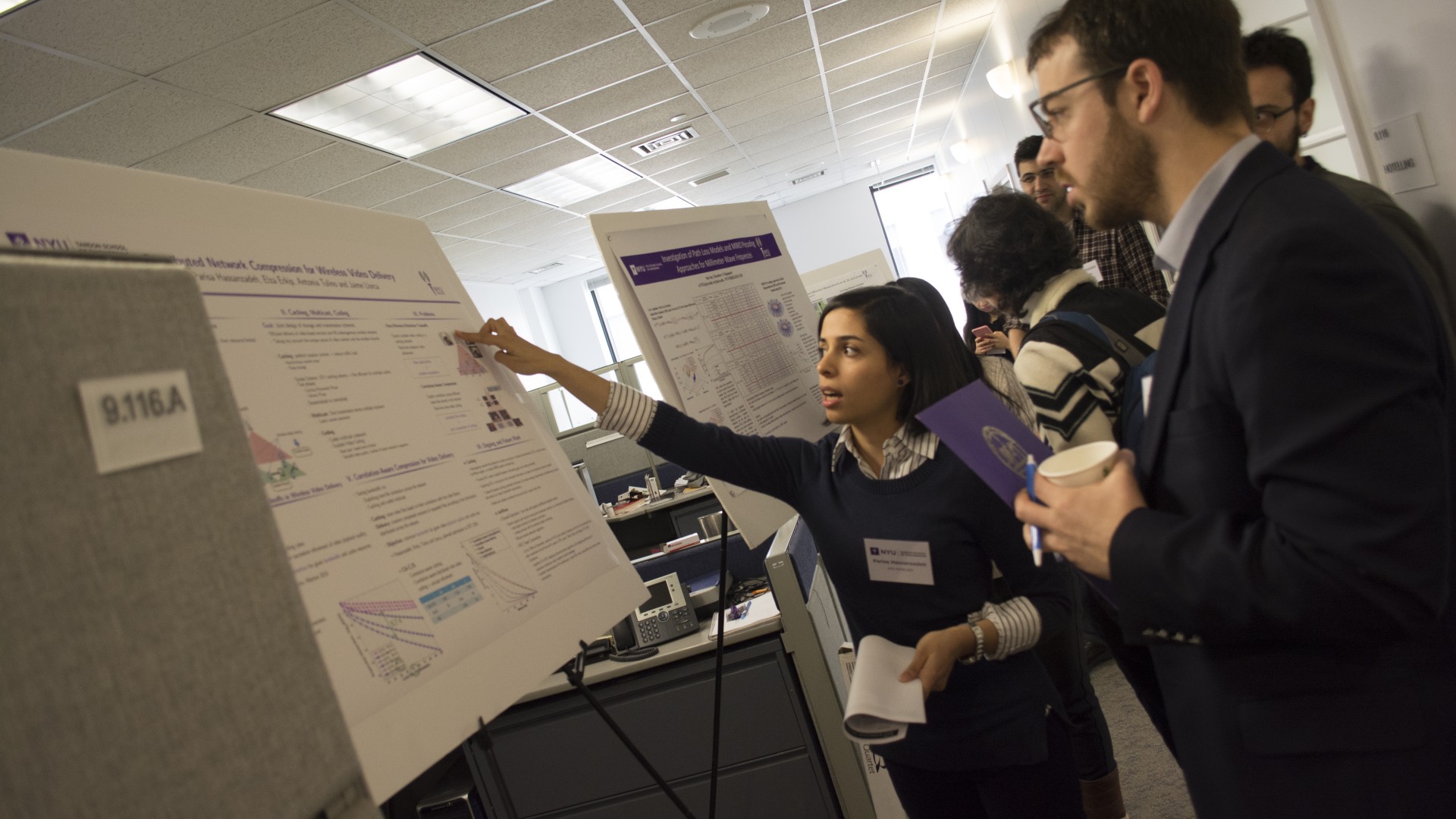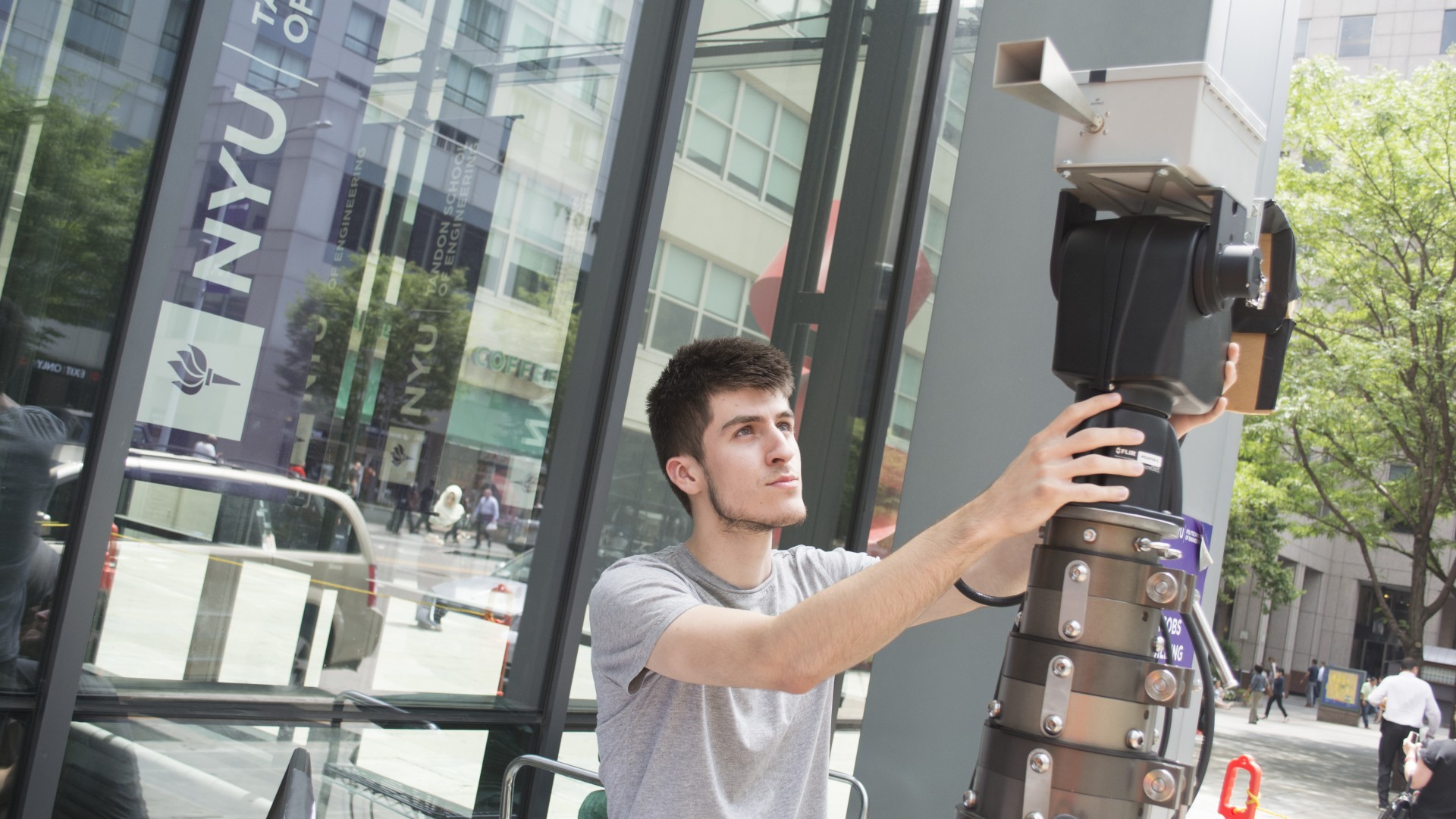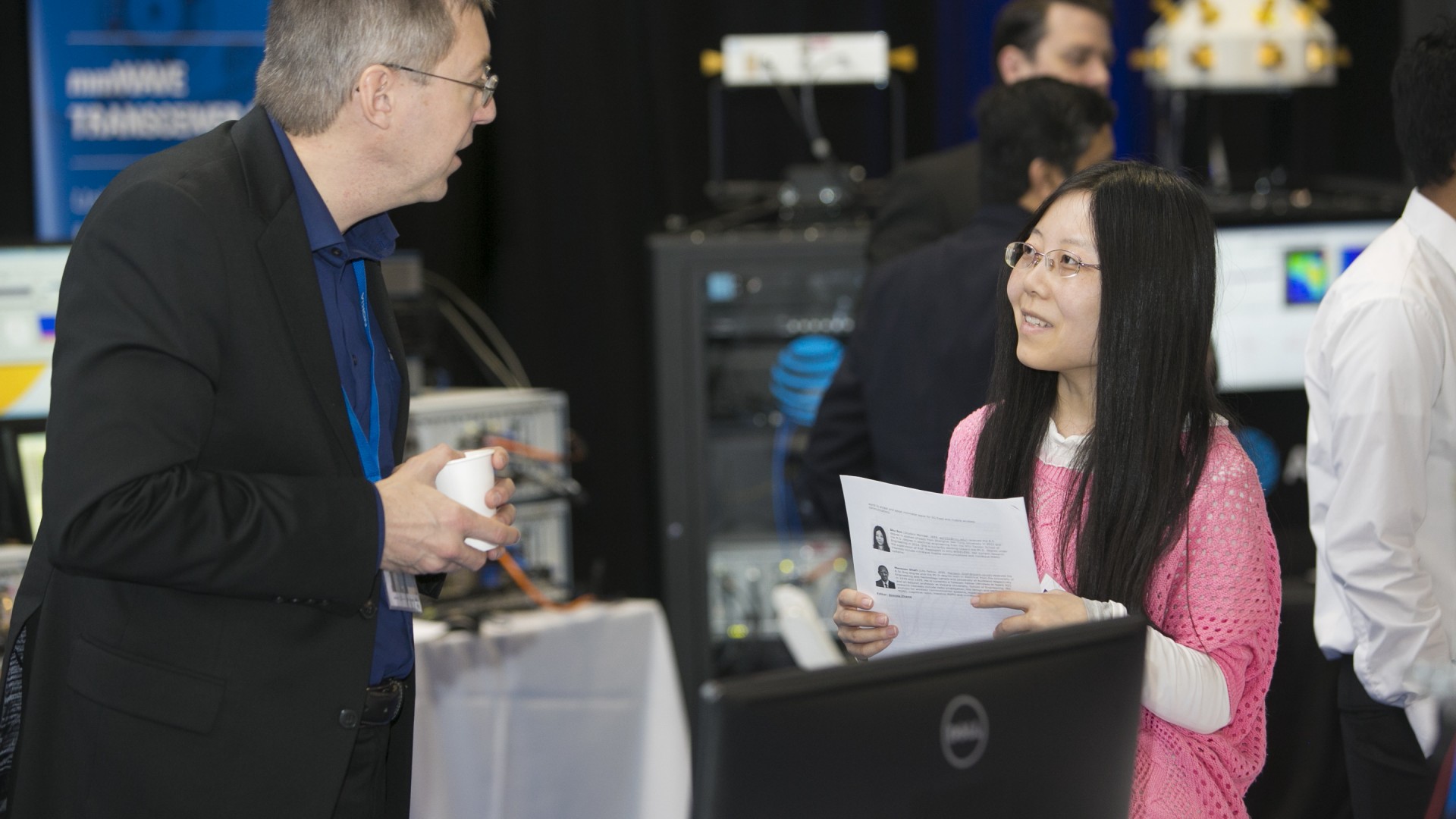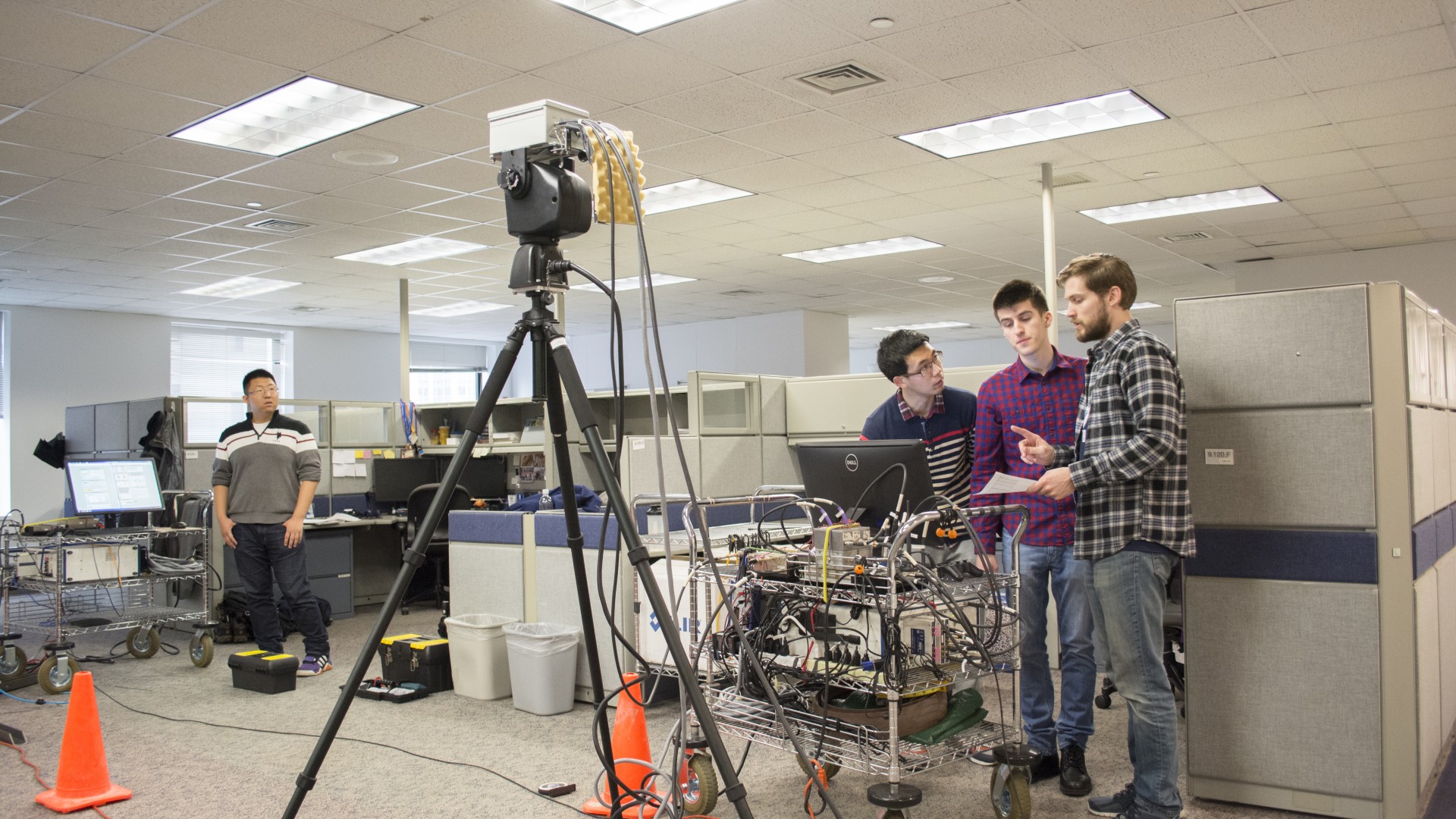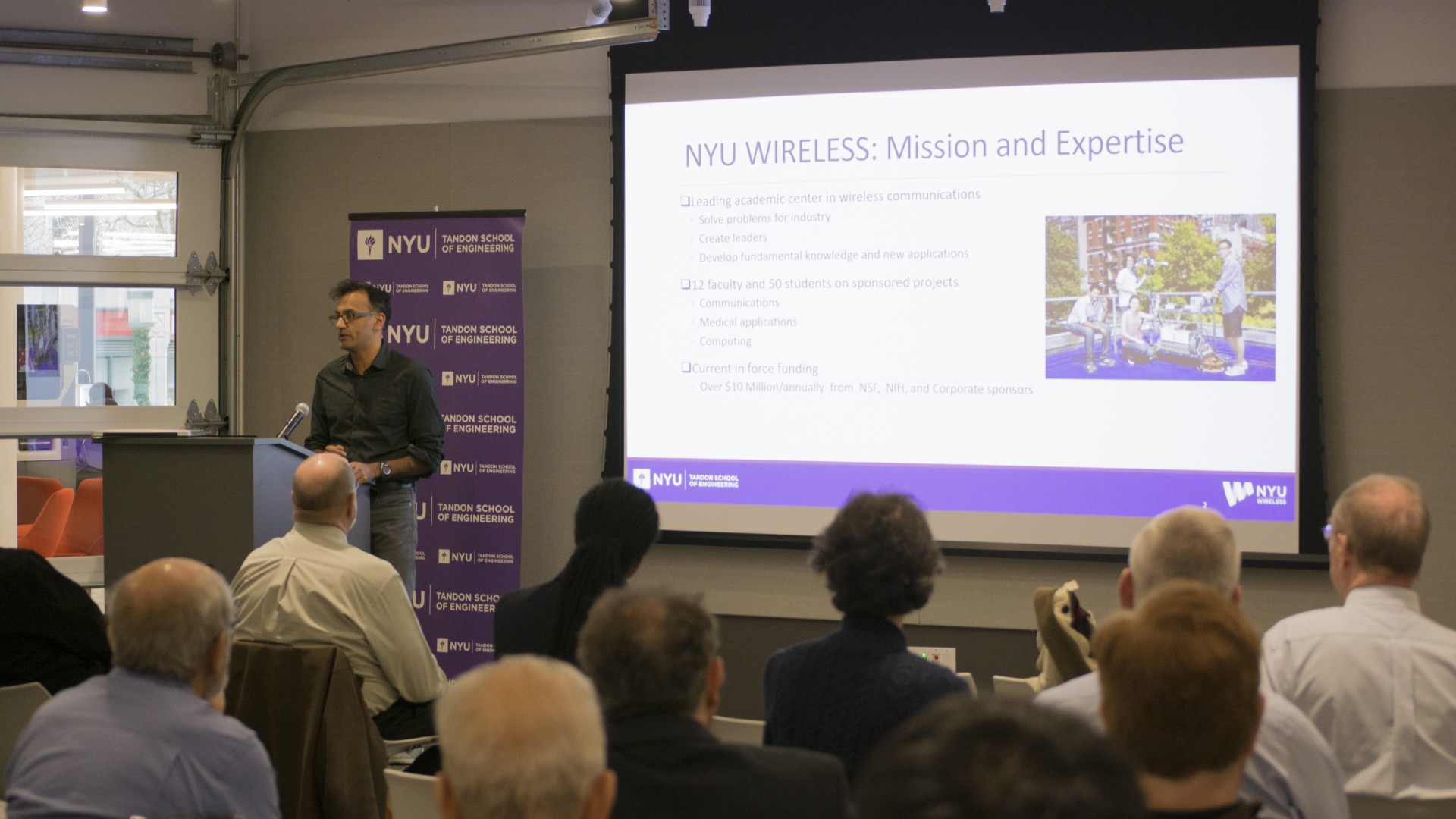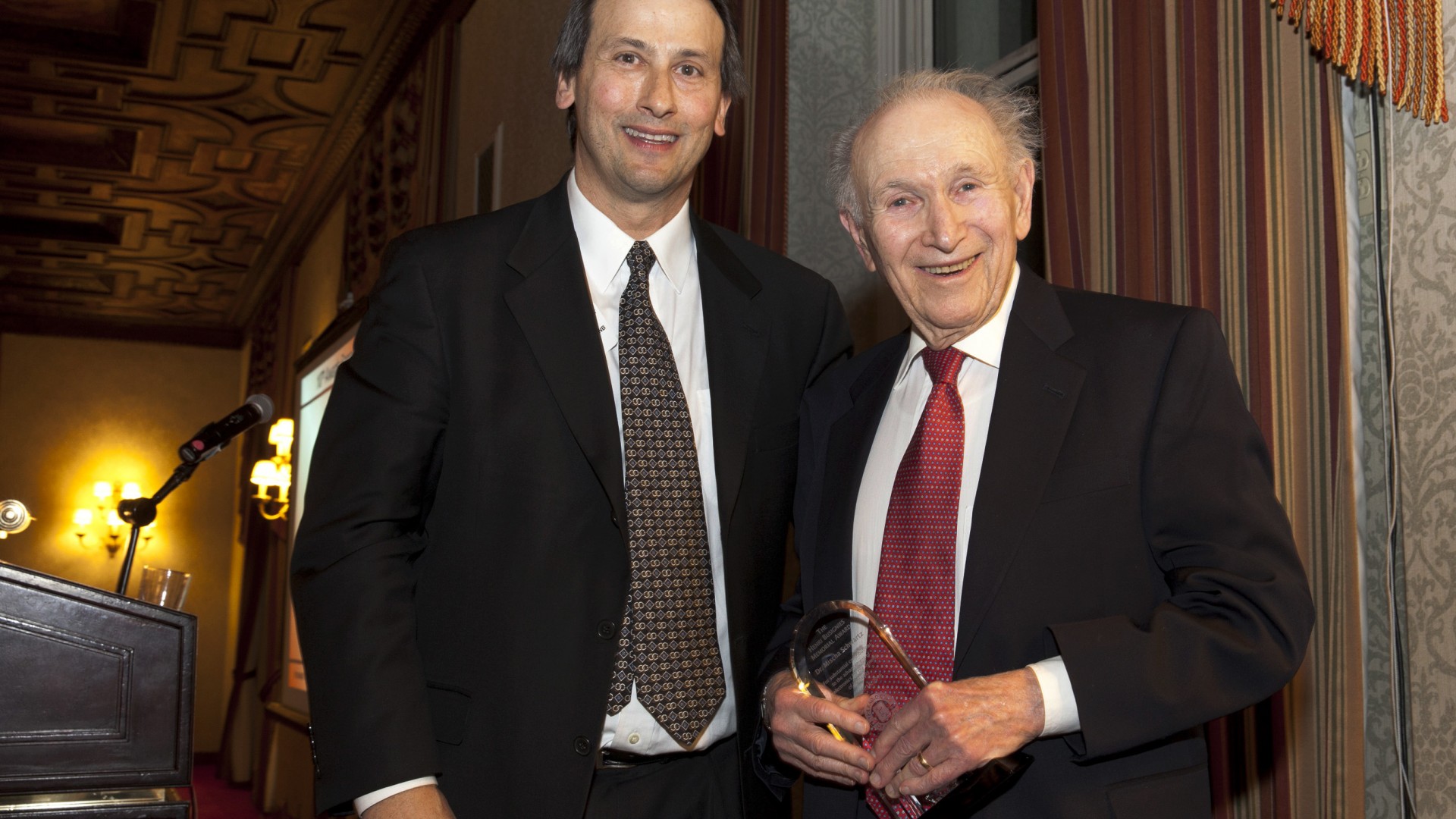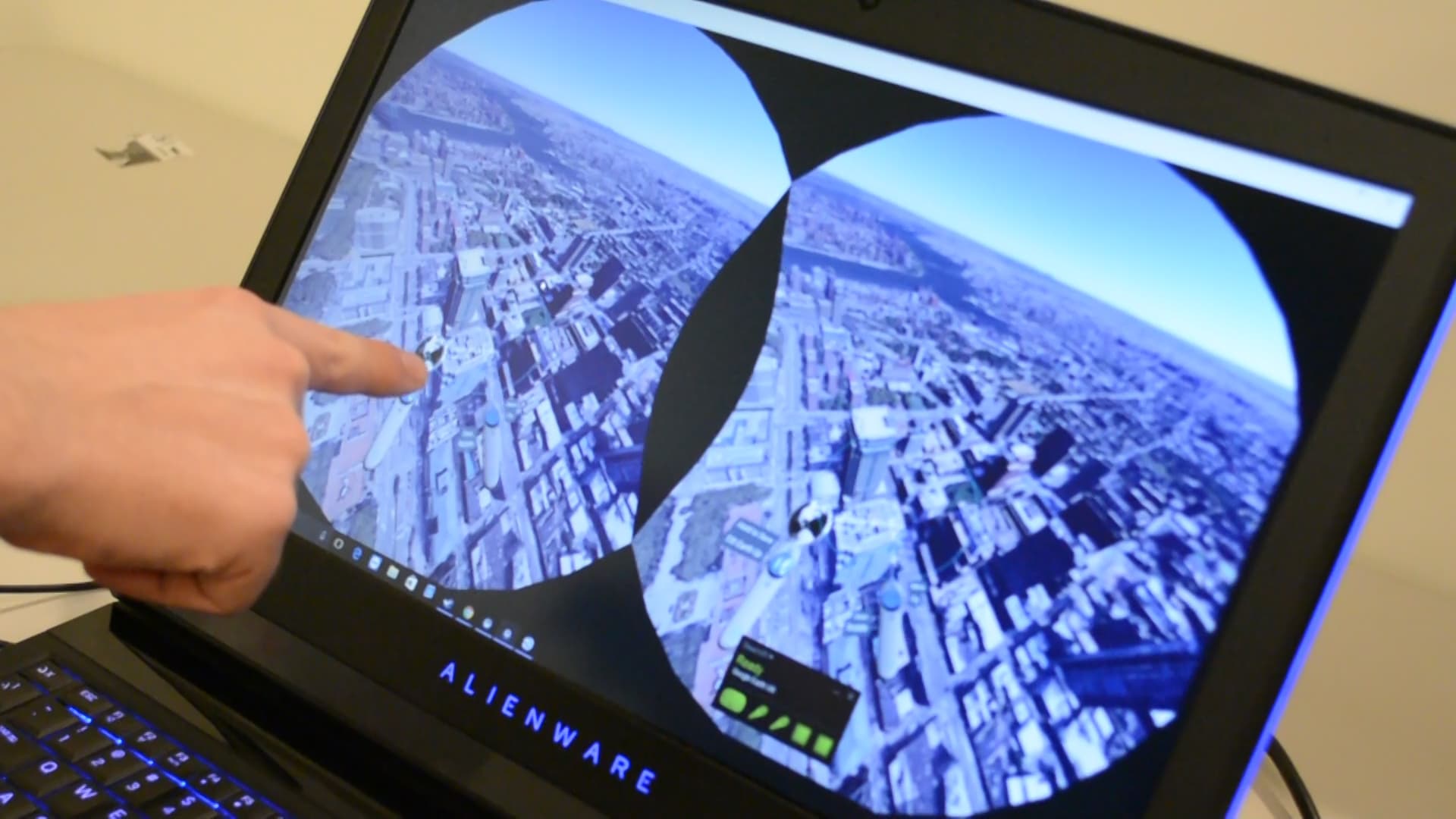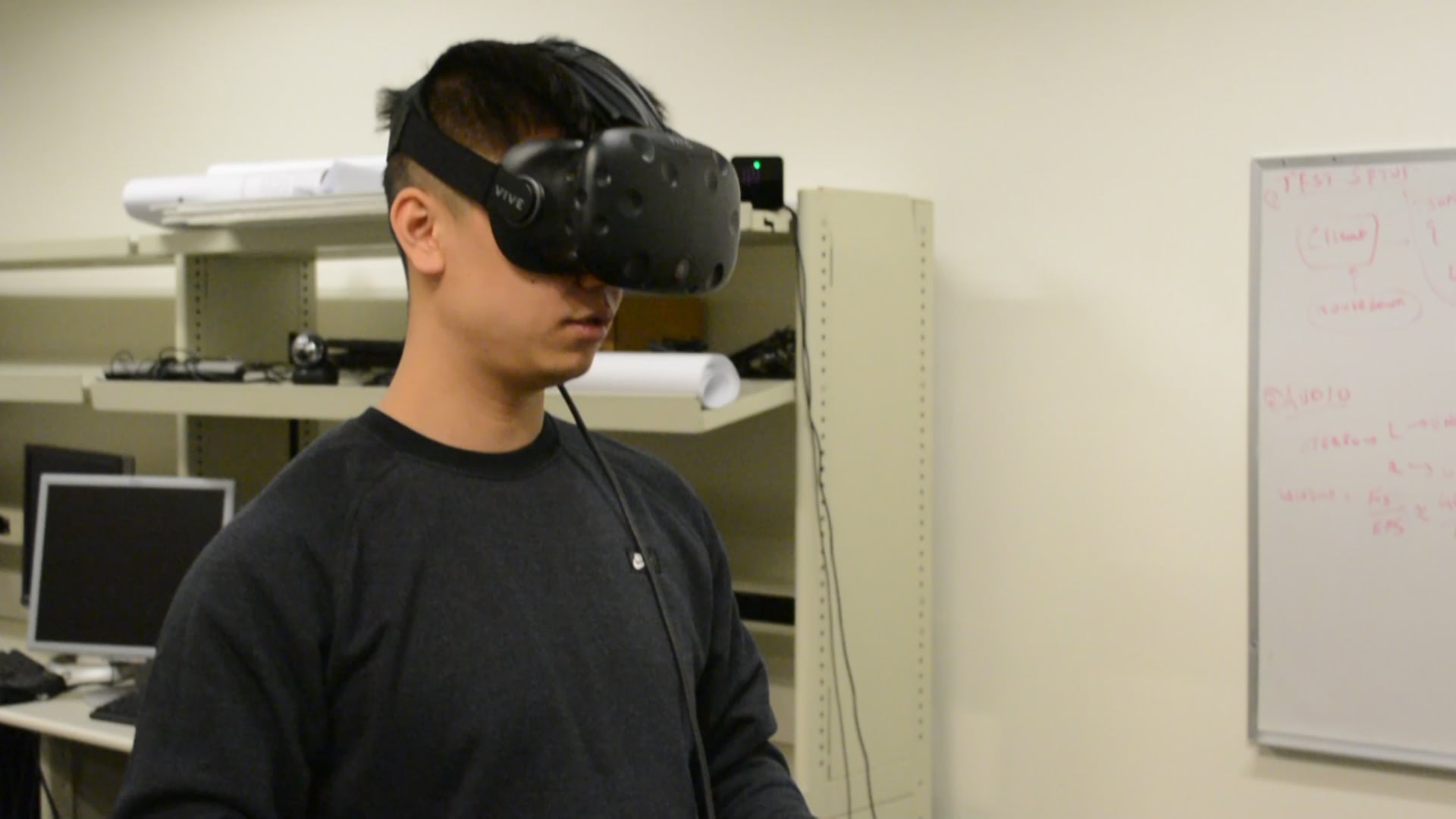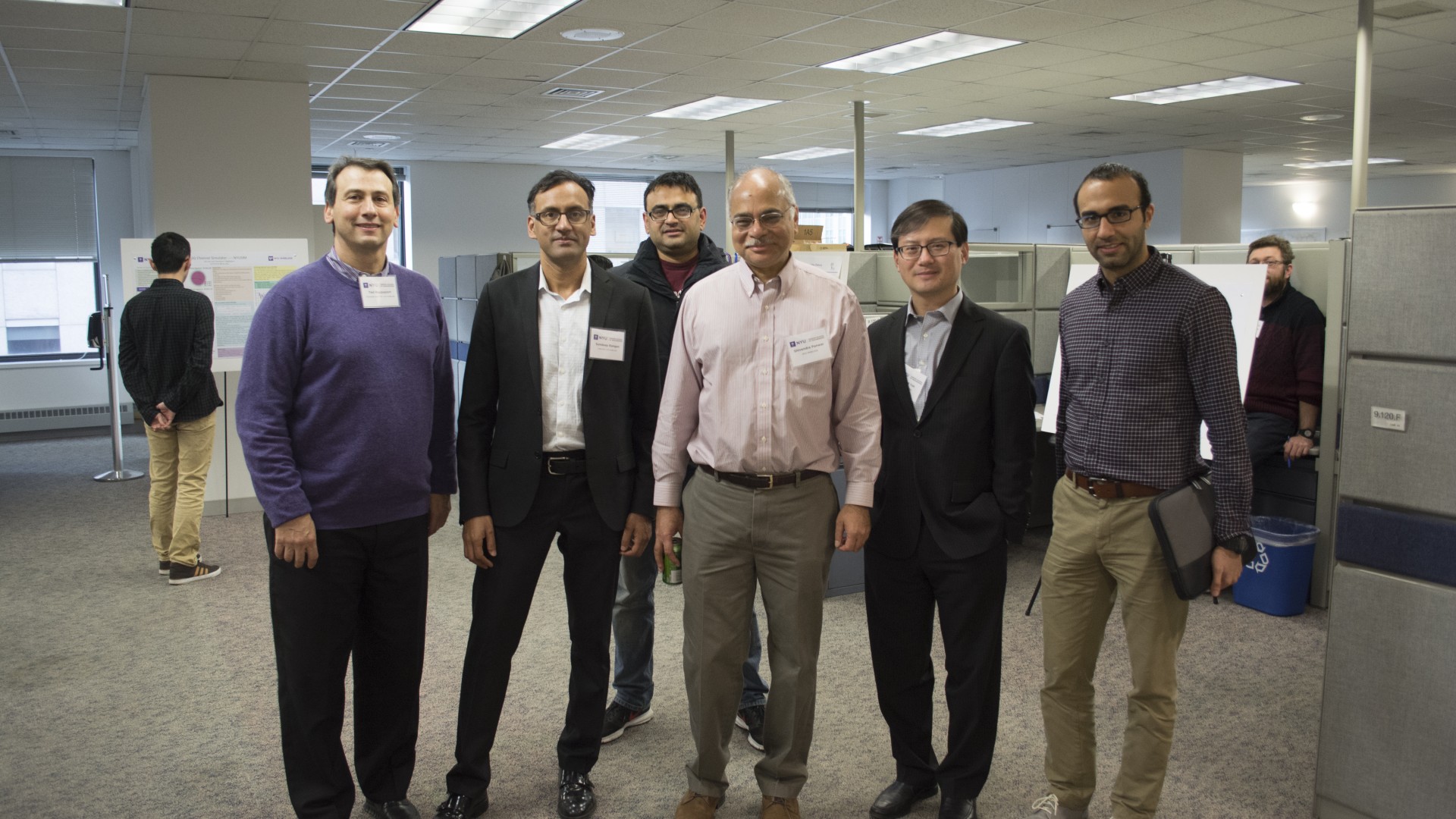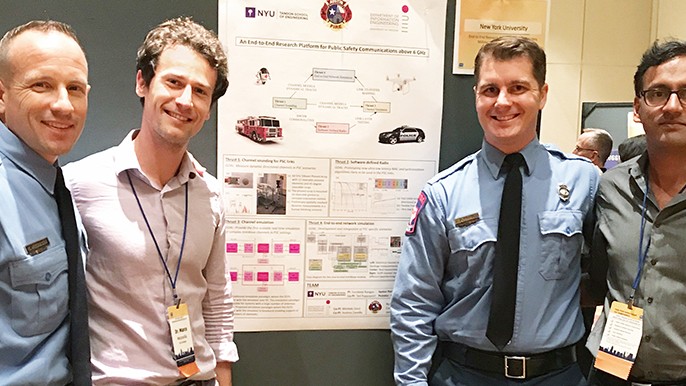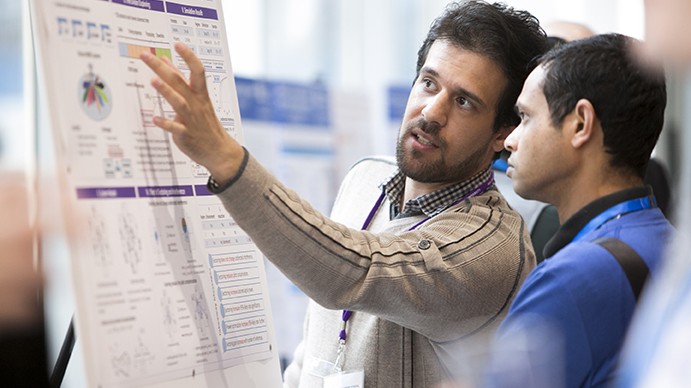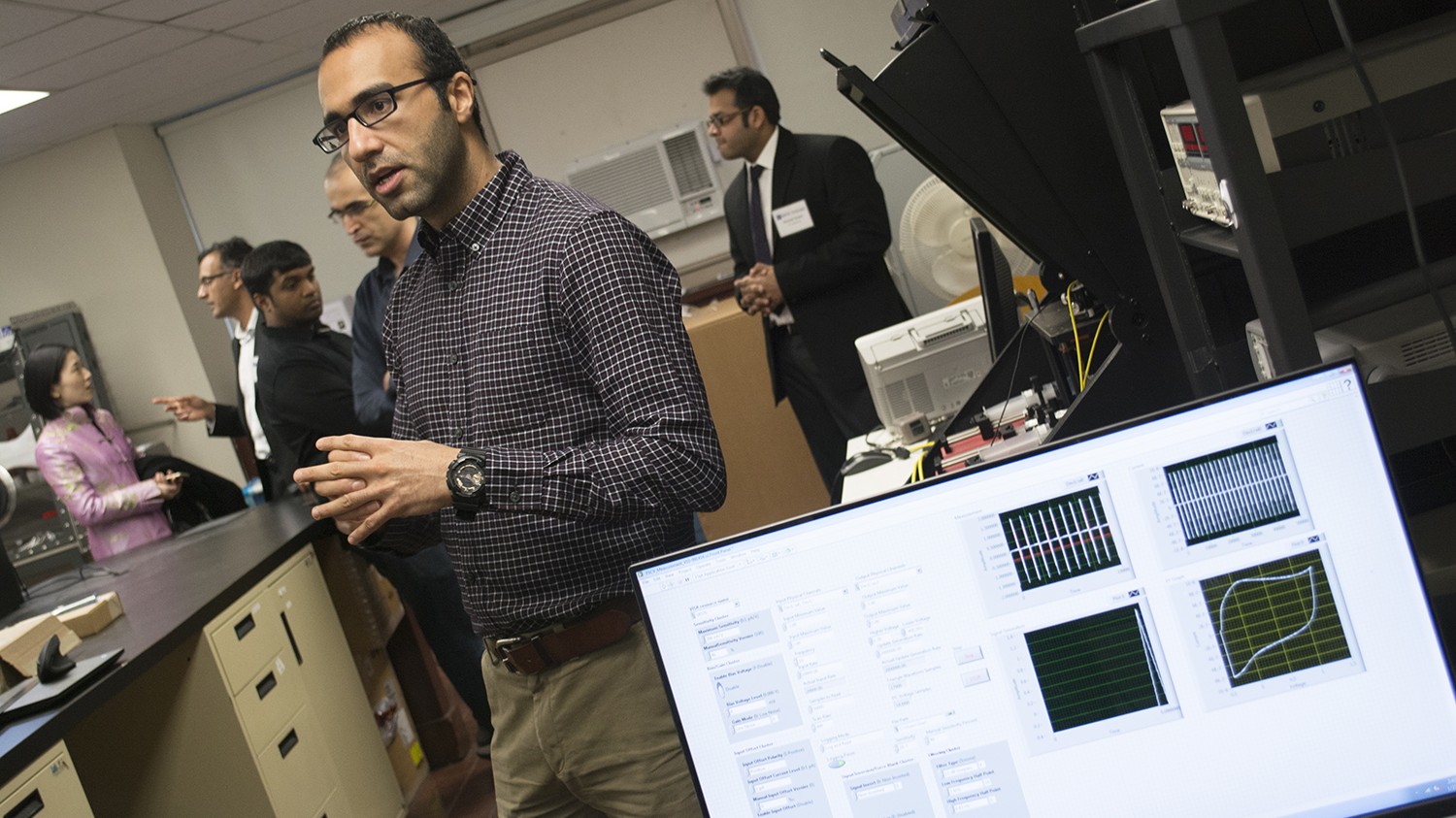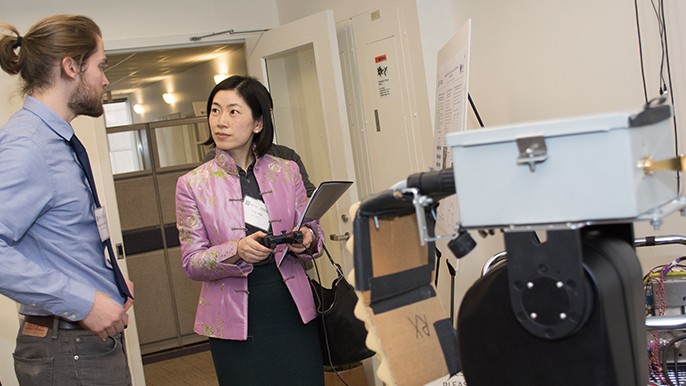NYU WIRELESS Celebrates Five Years of Pioneering Research into Making 5G Communications a Reality

This month marks the fifth anniversary of the launch of NYU WIRELESS, a multidisciplinary research center founded in 2012 to develop the fundamental theories and techniques for next-generation mass-deployable wireless devices across a wide range of applications and markets. In the years that followed, it has become central to the remarkably rapid adoption of technologies that promise to deliver broadband speed to wireless communication, thereby holding great promise for smart devices, autonomous cars, medical applications, and Wi-Fi for remote regions.
A key focus of the center, based at the NYU Tandon School of Engineering, relates to millimeter wave (mmWave) systems operating in the high frequency bands above 10 gigahertz (GHz). Because of the large available bandwidths in these frequencies, the spectrum has the potential to provide orders of magnitude greater data rates than 4G wireless systems, which work in the highly congested narrow bands below 3 GHz.
In 2013, when NYU WIRELESS Founding Director Theodore (Ted) S. Rappaport published the seminal paper “Millimeter Wave Mobile Communications for 5G Cellular: It Will Work!”, few researchers had even recognized the potential of that spectrum – mistakenly believing that lower frequencies represented the limits of possibility for most wireless communications.
The technology promises to support high-bandwidth mobile content at speeds exceeding 10 gigabits per second —a thousand times today’s current mobile phone download speeds, ushering in a new age of wireless communication in which physicians can routinely use sophisticated virtual-reality tools to treat patients from remote locations; cars sharing a road communicate to avoid accidents; hundreds of millions of illiterate adults around the globe get access to needed educational materials; and smart buildings make the most efficient possible use of energy.
“5G represents a revolutionary change that will enable a connected world beyond anything we’ve seen before,” said Melissa Arnoldi, senior executive vice president, Technology & Operations, AT&T Communications, which is one of the center’s industrial affiliates. “NYU WIRELESS is playing a vital role in this transformation and in providing its students the technical skills they’ll need to take advantage of the new career opportunities in this field.”
The research also holds the promise of dramatically improving urban reception and reducing the cost of bringing fiber optic-speed Wi-Fi and wireless service to underserved rural areas, thus democratizing access and helping bridge the digital divide.
The center has also made an impact in the medical field. Collaborations include creating new signal processing methods that allow patients to move about while taking an MRI and studying the amount of radiological exposure that leukemia patients are subjected to after undergoing a stem cell transplant. In another recent and important example, Tandon Professor of Electrical and Computer Engineering Yao Wang collaborated with researchers from the NYU Rory Meyers College of Nursing and other institutions to use machine learning and video analysis to detect and manage lymphedema, a condition common among breast cancer survivors.
Among the research accomplishments of the center, now under the direction of NYU Tandon Associate Professor of Computer and Electrical Engineering Sundeep Rangan, are:
- Making the world’s first radio channel measurements proving that the mmWave spectrum holds vast potential to improve wireless communications in urban centers
- Launching the first open-access mmWave channel simulator software (NYUSIM) with a complete statistical spatial channel model, projected to cut years off the development time for nextgeneration mobile
- Building one of the first advanced testbeds for antennae available to academic and public-sector researchers studying the mmWave spectrum
- Creating the world’s first channel and beam-forming emulator for 5G mmWave channel emulator that will help to realistically evaluate virtual reality and other applications
- Jump-starting technology that could enable first responders to relay video in moving ambulances, employ virtual reality in emergencies, receive high-definition images from drones in real time, or control robots in restricted indoor environments too dangerous for humans
- Conducting the first study for rural mmWave coverage at 73 GHz, thus demonstrating the viability of providing fiber-like wireless bandwidth to rural homes
- Deploying a phased-array antenna system for measuring mmWave directional channel dynamics
- Demonstrating the safety of mmWave radiation for the human body and creating mathematical models for the interface of mmWave cellphone signals and human tissue
The center’s more than 100 researchers – frequent recipients of generous grants from the National Science Foundation and other sources – include some of the most respected figures in the field, and NYU WIRELESS’s student members include multiple recipients of the Marconi Society Paul Baran Young Scholar Award for their work on 5G wireless technology.
NYU WIRELESS has nearly 20 industrial affiliates including AT&T, CableLabs, Crown Castle, Ericsson, Huawei, Intel, Interdigital, Keysight Technologies, L3 Communications, National Instruments, NextLink, Nokia, OPPO, Qualcomm, SiBeam, Sprint, UMC, and Verizon. Affiliates gain early access to the center’s internationally recognized research, work with students and faculty on 5G-oriented projects, and have access to a pipeline of engineering talent for summer internships and full-time jobs.
“Accompanying the intense pace of research and development in the industry is the expectation that ultra-fast connectivity delivering huge data rates is imminent,” said Rangan. “Our industrial affiliate sponsors are fulfilling those expectations, and NYU WIRELESS is happy to be playing a key role by working with them. With predictions of 46 billion Internet of Things-connected devices by 2020, audio and video streaming becoming ever more ubiquitous, and virtual and augmented reality apps coming to the fore, it’s extremely important for every sector to work together to advance the field.”
Research conducted at NYU WIRELESS was a key element in the Federal Communications Commission’s 2016 passage of the Spectrum Frontiers Proposal (SFP), which frees up vast amounts of new bandwidth in the underutilized high-band spectrum. Additionally, NYU WIRELESS was one of only two academic institutions chosen by the FCC to help test, debug, and provide feedback on a new web-based portal that lets researchers apply for a program experimental license, a development that will reduce barriers to experimentation for universities, research laboratories, health care institutions, and manufacturers. (NYU WIRELESS was also the first applicant to receive a program experimental license.) In addition to the FCC, such bodies as the 3rd Generation Partnership Project (3GPP) and International Telecommunications Union (ITU) have also drawn upon NYU WIRELESS recommendations on regulation, safety, feasibility, and timing in setting their new benchmarks and standards for the future generations of wireless.
Industrial affiliates are important participants in the annual Brooklyn 5G Summit, an invitation-only event held every spring at NYU Tandon and co-organized by Nokia. It draws hundreds of top figures in business, government, and academia from around the globe to explore the future of 5G wireless. The 2017 summit featured talks on 5G New Radio (NR), a wireless standard intended to become a foundation for the next mobile networks; Massive MIMO antenna technology; 5G network architecture and proof-of-concept systems; and more. IEEE, the world’s largest engineering organization, broadcasts the event over the internet and archives the talks, which often move the industry to action.
Affiliate sponsors affirmed the importance of the contributions made by NYU WIRELESS and have expressed appreciation for its work.
“InterDigital congratulates NYU WIRELESS on their fifth anniversary,” Douglas Castor, the senior director of InterDigital Labs at InterDigital Communications, said. “As a long term supporter of the University, and one of the center’s inaugural members, we’ve benefitted from interacting with the great faculty, students, and growing number of industry participants. Plus, the Brooklyn 5G Summit has been an annual highlight that invigorates the worldwide discussion about 5G wireless technology.”
“We will continue to work tirelessly with our industrial affiliate sponsors to expand the frontiers of wireless communication and encourage its use for the benefit of society,” Rappaport said. “Thanks to the commitment and dedication of the talented students who come here to explore the frontiers of wireless and medicine, coupled with the great support we receive from industry and government agencies, I expect our next five years to be marked by further cutting-edge research, empowered by new faculty who will join us and expand our impact. My hope is that we continue to be a vanguard in advancing the wireless future, while offering fundamental knowledge and sound advice to our students, our industrial affiliate sponsors, and government agencies.”

 2025 Brooklyn 6G Summit — November 5-7
2025 Brooklyn 6G Summit — November 5-7 Sundeep Rangan & Team Receive NTIA Award
Sundeep Rangan & Team Receive NTIA Award 2025 Open House
2025 Open House









